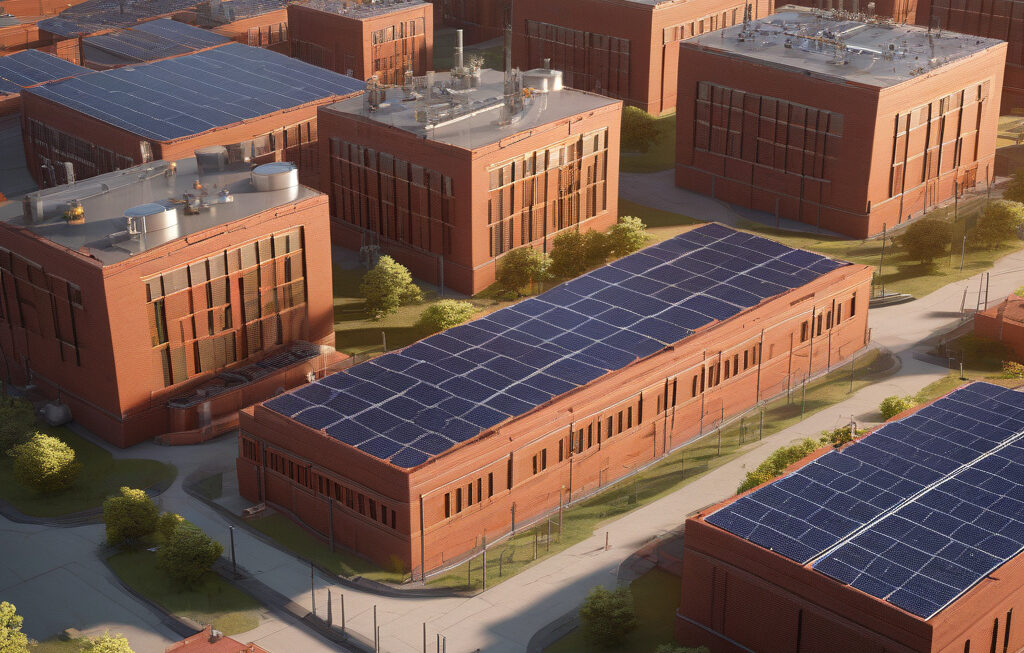Breakthrough Cement Battery Turns Buildings into Rechargeable Power Banks
Researchers in France and Spain have designed a groundbreaking cement-like material that not only supports the construction of buildings but also serves as a rechargeable battery, turning structures into power banks. This innovative technology has the potential to revolutionize the way we think about energy storage and utilization in the built environment.
The concept behind this novel cement battery revolves around the integration of energy storage capabilities directly into the building materials. By embedding certain compounds within the cement mixture, the researchers were able to create a material that can store and release electrical energy. This means that buildings constructed using this specialized cement can not only provide shelter but also actively participate in the energy grid by storing surplus energy generated from renewable sources such as solar panels or wind turbines.
One of the key advantages of this technology is its seamless integration into existing construction practices. The cement battery functions just like traditional cement during the building process, allowing for easy adoption by construction companies and architects. This means that the transition to using this innovative material would not require a complete overhaul of current building techniques, making it a practical and cost-effective solution for enhancing energy efficiency in structures.
Moreover, the potential applications of this cement battery are vast. Imagine a skyscraper that not only houses offices and apartments but also stores excess energy to be used during peak hours or emergencies. Or a residential home that not only provides a comfortable living space but also contributes to a more sustainable energy system by storing energy from renewable sources. The possibilities for this technology are limited only by our imagination.
In addition to its energy storage capabilities, the cement battery also offers environmental benefits. By enabling buildings to store energy and reduce their reliance on the traditional power grid, this technology has the potential to lower carbon emissions and decrease the overall environmental impact of urban areas. As the world continues to grapple with the challenges of climate change, innovations like the cement battery could play a crucial role in transitioning towards a more sustainable future.
While the technology is still in the early stages of development, the initial results are promising. Researchers have successfully demonstrated the feasibility of the concept in laboratory settings, showcasing the potential for scaling up and commercialization in the near future. As more resources are dedicated to further research and development, we can expect to see this technology being implemented in real-world construction projects sooner rather than later.
In conclusion, the breakthrough cement battery developed by researchers in France and Spain represents a significant advancement in the field of energy storage and building technology. By seamlessly integrating energy storage capabilities into the very fabric of our buildings, this innovative material has the potential to transform structures into active participants in the energy grid. As we move towards a more sustainable future, technologies like the cement battery will play a crucial role in reshaping the built environment for generations to come.
energy efficiency, sustainable technology, construction innovation, renewable energy, green buildings












